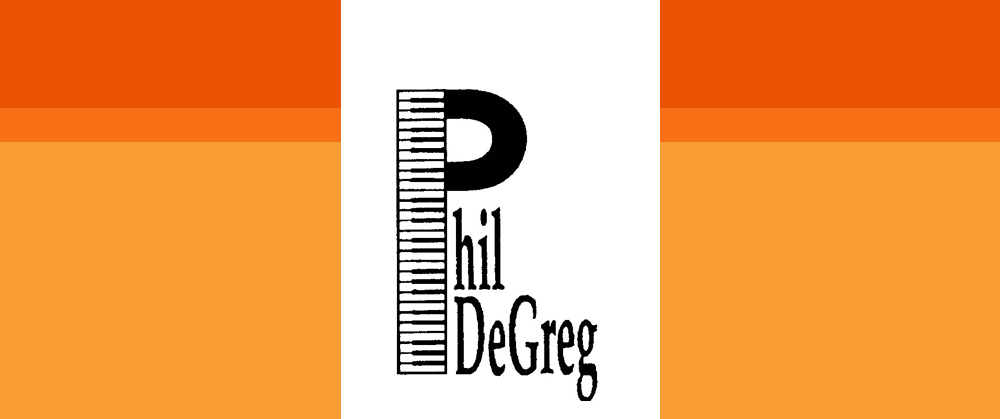Tune Study
Experienced jazz pianists know repertoire by memory. Repertoire should include both “standards”, which are popular and show songs that jazz players like to play, and jazz compositions. The study of tunes should incorporate all the elements above (use of voicings, melodic phases, scale study, listening to recordings).
Suggested Jazz Repertoire List 1 (Download PDF)
Here is an excellent list of tunes for study compiled by my friend Mark Levine, who included it in his wonderful text “The Jazz Piano Book” (Sher Music). It includes references to “The New Real Book” Volumes, also published by Sher Music, which are excellent fake books.
Suggested Jazz Repertoire List 2 (Download PDF)
This is the four-year curriculum of repertoire that I used to use at the University of Cincinnati College-Conservatory where I taught for 27 years.
When choosing a tune to learn, pick one that you already recognize and can sing; you are already halfway to memorization. But first LEARN THE MELODY alone with nothing else, memorizing it phase by phrase, with a good and consistent fingering. Check out recordings and especially singers for phasing if it has lyrics. I advise students to arrange a tune in three ways on the piano.
- Learn the melody with bass roots in the left hand. This actually can make a nice arrangement that you can play in a lower register. Try to give the bass notes a lively phrasing, and perhaps connect them into a walking line.
- Play the melody in the original register using the chorale approach detailed above. This will solidify your left hand with voicings that use the root, for when you want to improvise in the middle register of the piano
- Play the melody an octave up with left hand rootless voicings (3 or four note). This will solidify your left hand with rootless voicings for when you want to improvise in the higher register of the piano.
Voicings Applied to Some Tunes (Download PDFs Zip File)
Here are two handed chord voicings realized for several commonly played jazz tunes and standards: Afternoon in Paris, Autumn Leaves, Blue Bossa, F Blues, Bb Blues, Groovin High, Maiden Voyage, Nutville, Perdido, Satin Doll, Song For My Father, Summertime, Take the A Train, Tune Up, Yardbird Suite. You can use the left hand part alone to add the melody or improvisation with the right hand.
Rhythm Changes (Download PDF)
Here are the most common variations of the “Rhythm Changes” progression.
Rhythm Changes Etude (Download PDF)
I encourage students to study rhythm changes etudes by composing lines that clearly outline the harmony, fingering them, and eventually transposing them to other keys. Here are some examples. The A section is addressed separately from the bridge.

